ACT UP’s Unique Resources
JEN: What were some of the latent resources that you all had, both within the gay community and within ACT UP in those early days that helped to make the movement a success? And what, if anything, do you think can translate to health movements today?
PETER: Right. Well, I mean that’s the very mixed blessing of the early AIDS years in the US, it hit a community predominantly and that was gay men, mostly in the major cities. We were not a nationally, a nationally powerful movement by any means, the LGBT movement at that stage. We couldn’t get any laws passed, but we were an organized movement.
There’d been some organizing since Stonewall in 1969. The major national gay organizations, Human Rights Campaign, NGLTF, Lambda Legal, all of those had formed in the 70’s and early 80’s, so the structure was there, the community was there, the social networks were there, and when this disease hit just this one community it had that base to start with and that base was, you know, crucial, just massive, because we definitely didn’t have the country on our side.
So that was a unique asset that a lot of other, you know, Alzheimer’s just doesn’t hit one small community and heart disease doesn’t hit one small community, breast cancer largely hits women, but you know it was a very unique circumstance. But other movements, including yours, has an advantage of numbers that we never had. You have far more that are suffering from ME than we had suffering from HIV in the 80’s. And yet we still made it the number one, the second largest research budget at the NIH within five years. So, you know, small numbers of people can really make a lot of change.
And you also have friends. It’s not just those that are affected. Only, I would guess maybe a third of ACT UP’s membership were HIV positive and very few of those were out about it. And the rest were friends, and family, and lesbians, and the community.
JEN: I thought it was particularly interesting when I asked you in one of our pre-calls, about, did you all just know how to be activists? Obviously you’re coming from very different professional backgrounds, and different sorts of training and skills, and yet were able to do these fairly masterful things. You mentioned there were a lot of lesbian women early on in ACT UP who actually came with experience.
PETER: Huge amounts of experience, in the pro-choice movement, in women’s lib, we had both, and the older generation LGBT activists, both gay men and lesbians had experience with the gay rights movement in the 70’s, we had a couple Stonewall veterans that were in the room that actually participated in the Stonewall riots. So there was experience from day one, and then tons of people with no experience but from all occupations. Like I had a business, you know, I had this Wall Street background which made me very comfortable dealing with pharmaceutical companies. I was not intimidated by sitting down with the CEO of a pharmaceutical company. And, we had people from the media that worked at networks and we had people in advertising and PR that, and the arts that created the most stunning visuals any movement has ever produced. And they didn’t have prior civil disobedience experience but they were able to add all these talents to the pool and so ACT UP used that starter pack of hardcore social activist experience so that we knew how to do big demonstrations from day one, and we added all this and we created something new with all our collective talents.
And every movement creates its own playbook is what I’m trying to say. You make your own playbook, you look at stuff like ACT UP, what ACT UP did, hear all my stories until the end of time, but yours is gonna be different, and your techniques are gonna be different, and ultimately the way you win it is gonna be different, especially since technologies have changed. And so trust yourself to make mistakes and trust yourself to be creative, but you won’t use the same playbook that we did.
JEN: That’s incredibly helpful. I think from that I take away the importance of taking stock of what our own latent resources are and trying to figure out how to maximize them, how to maybe do something that’s creative because of the constrained design problem that we face and may even be an inspiration to people down the line.
NEXT: HOW ACT UP LOBBIED WASHINGTON
For more, browse other short, 2-3 minute videos or watch the full, 70 minute interview with AIDS activist Peter Staley. You can also out the HMC case study of AIDS advocacy, as well as the documentary film How to Survive a Plague.


